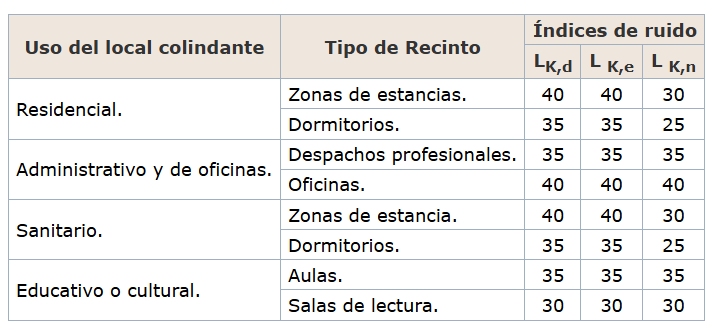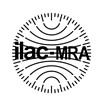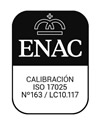Noise pollution, and especially night-time noise, particularly in areas with terraces, nightlife and outdoor events, is one of the main reasons for complaints from citizens.
In fact, according to the 2024 Annual Report of the Ombudsman, many administrations are not acting with the efficiency that this problem requires, leaving citizens feeling helpless in the face of noise pollution.
So, what measures can be implemented to reduce it?
What is night-time noise and what are its consequences?
The consequences of noise pollution include the presence of noise or vibrations that cause discomfort to people, among other things.
Environmental noise is considered night-time noise when it occurs between 11 p.m. and 7 a.m.
During this period, the ear is more sensitive and sleep is more vulnerable to disturbances.
In many cases, this problem prevents the normal performance of daily activities, among which sleep plays a fundamental role. Recent studies indicate that levels above 30 dB can affect rest, and from 55 dB onwards they are associated with an increased risk of cardiovascular disease, hypertension, anxiety and poor performance.
Not surprisingly, sleep is a biological necessity and an essential process for various neural functions, appetite regulation and the proper functioning of the internal metabolism (2).
Thus, the inability to fall asleep as a result of noise, as noted by the WHO in ‘Night Noise Guidelines for Europe’ (3), is linked, to a greater or lesser extent, to the following problems:
- Increased heart rate
- Increased arousal
- Changes in sleep stages
- Prolonged involuntary awakenings
- Insomnia
Other disorders are also reported, such as increased feelings of fatigue, increased number of accidents or decreased performance, for which there is less clinical evidence.
What are the main sources of night-time noise?
Although there are various sources of night-time noise, such as traffic, construction work, dog parks in urban areas and some municipal services such as waste collection, noise pollution generated in leisure areas with a high concentration of bars, restaurants and terraces is a major cause of complaints from residents.
The revitalisation and promotion of tourism in various urban areas, such as historic centres and coastal areas in tourist destinations, has led to the opening of nightlife activities that attract large numbers of people every night.
Maintaining this night-time economy is essential for many municipalities, as it is an important source of income and job creation. However, it can also generate noise levels that are disturbing for people living in the area.
In fact, various press and TV reports also highlight the proliferation of tourist apartments as a new source of uncontrolled night-time noise.
The hospitality industry, for example, can mean that the neighbourhood has to put up with high levels of music that prevent people from falling asleep or make it difficult for them to sleep.
However, hospitality establishments are not always the main culprits, as many are soundproofed in compliance with applicable legislation.
In many cases, it is the people who frequent these areas who cause most of the problems. New forms of consumption and entertainment are linked to enjoying the night and socialising outdoors, where constant conversations take place at high volumes.
What noise limits are established by law?
In Spain, although each autonomous community and municipality can establish its own noise regulations, Royal Decree 1367/2007 sets the following indicative noise immission limits, i.e. the noise measured indoors in the areas adjacent to the premises:

Table B2. Noise limits transmitted to adjacent premises by activities covered by Royal Decree 1367/2007
In addition, many cities have strengthened their municipal ordinances to control the impact of nightlife, especially in high-tension areas such as the centres of Madrid, Barcelona, Malaga and Valencia.
Andalusia, for example, has established Decree 50/2025, approved in February of this year, which requires the installation of acoustic controllers in areas with noisy activities, as well as limiting the volume of sirens on emergency vehicles to 70-90 dB at night and regulating public works and machinery to minimise the impact of noise pollution.
Continuous monitoring of noise levels
Measuring noise levels using solutions such as the Nanoenvi EQ device is one of the first measures to consider in order to tackle and reduce the problems caused by nightlife areas.
This solution consists of establishing a network of sensors at various points in the city or in areas considered to be the most problematic, which are responsible for monitoring sound pressure. The data is transmitted to the Envira DS IoT platform for visualisation and analysis, and alerts can be configured to warn when a certain noise level is exceeded.
Noise mapping
Noise maps are a tool provided for by legislation to determine people’s exposure to environmental noise.
They are produced by collecting information using reference devices, which can also be supplemented by readings from the networks described above, often enabling the creation of dynamic noise maps.
Delimitation of Environmental Noise Protection Areas
Some urban areas are choosing to delimit Environmental Noise Protection Areas (ENPA), which are areas where the acoustic quality objectives established by law are systematically breached.
The declaration of these zones implies the need to draw up zonal plans aimed at improving acoustic quality. This measure usually has an impact on hotel and restaurant activities, limiting, for example, the granting of new licences or the modification and expansion of existing businesses, and establishing strict opening and closing hours.
Education campaigns
The description of the problem to date makes it clear that it is also necessary to focus on educating the people who frequent these areas, promoting habits and behaviours that allow for a balance between rest and night-time leisure activities.
Nightlife areas are sometimes a source of conflict between neighbours as a result of the noise generated at night, a problem contributed to by both the hospitality establishments themselves and the anti-social behaviour of those who enjoy these nightlife areas.
There are various measures to reduce the impact of noise pollution, but one of the most effective is undoubtedly the monitoring of noise levels with solutions such as Nanoenvi EQ.










